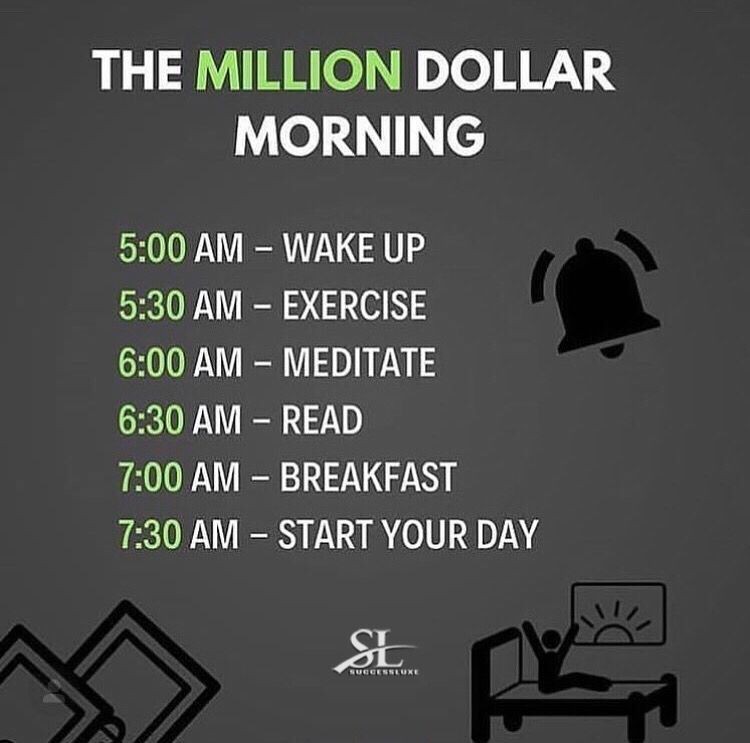1.Gupta Empire started somewhere in 320 CE (Common Era which is the same AD) and collapsed in 550 CE. 2. The empire was founded by Maharaja Sri Gupta but little did he know that he started an era that would be considered as 'Golden Age of India'. Sri Gupta and his son Ghatothkacha ruled between 240 and 319 CE.
 |
GUPTA EMPIRE |
2. The Maurya Empire was a geographically extensive Iron Age historical power based in Magadha and founded by Chandragupta. Maurya which dominated the Indian subcontinent between 322 and 185 BCE. Chandragupta Maurya raised an army, with the assistance of Chanakya and overthrew the Nanda Empire in 322 BCE.
Search Results
Web resu
 |
| MAURYA EMPIRE 260 BCE |
It was been at the peak at the rule of Ashoka the Great.
Emperor Ashoka The Great (268-232) BCE lived from 304 to 232 BCE and was the third ruler of the Indian Mauryan empire, the largest ever in the Indian subcontinent and one of the world's largest empire at its time,modern day Afganistan, Pakistan, & over all India.
3. The Tughlaq dynasty also referred to as Tughluq or Tughluk dynasty, was a Muslim dynasty of Turko-Indian origin which ruled over the Delhi sultanate.
Its reign started in 1320 in Delhi when Ghazi Malik assumed the throne under the title of Giyath Al Din Tughlak. The dynasty ended in 1413.
 |
| Tughlak Dynasty |
The dynasty expanded its territorial reach through a military campaign led by Muhammad Bin Tughlak, and reached its zenith between 1330 and 1335. It ruled most of the Indian subcontinent.
4. The Vijayanagara Empire (also called Karnataka Empire, and the Kingdom of Bisnegar ) was based in the Deccan Plateau region in South India. It was established in 1336 by the brothers Harihara I and Bukka Raya I of Sangama Dynasty.
After his brief reign, he was succeeded by his younger brother Krishna Deva Raya (1509-30 A.D.) who was the greatest ruler of the Vijayanagar Empire. Under him,
 |
| VIAJAYNAGARA EMPIRE |
Under him, Vijayanagara emerged as the strongest military power in the south.The empire is named after its capital city of Vijayanagara.
5. The Mughal Empire was founded by Babur (reigned 1526–1530), a Central Asian ruler.
He defeat the Sultan of Delhi, Ibrahim Lodi, in the first battle of Panipat.It rules across a Indian continent upto 1707.
 |
| MUGHAL EMPIRE |
The empire stretched from the outer fringes of the Indus basin in the west, northern Afghanistan in the northwest, and Kashmir in the north, to the highlands of present-day Assam and Bangladesh in the east, and the uplands of the Deccan plateau in south India.
6. The Greatest Maratha Empire -
The MARATHA Empire or the Maratha Confederacy was a power that dominated a large portion of the Indian Subcontinent in the 18th century. The empire formally existed from 1674 with the coronation of Shivaji Maharaj as the Chatrapati and ended up in the 1818 war against Britishers..The Marathas are credited to a large extent for annexing many territories of the Mughal empire.
The Marathas were a Marathi-speaking warrior group from the western Deccan(Dakkhan)Plateau ,present-day Maharashtra.Who rose to prominence by establishing a Hindavi Swarajya (meaning self-rule of Hindu/Indian people).The Marathas became prominent in the 17th century under the leadership of Chatrapati Shivaji Maharaj, who revolted against the Adil Shah Dynasty, and carved out a kingdom with RAIGAD as the capital of Swarajya. Later after Shivaji maharaj's death , its succeded by the Chatrapati Sambhaji Maharaj ( 1657-1689) (THE UNBEATABLE KING in history), Who played 350 battles & never lose any.
| MARATHA EMPIRE |
 |
| MARATHA PROVINCE STATES -1758 |
7. The Sikh Empire (also Sikh Khalsa Raj or Sarkar-i Khalsa ) was a state originating in the Indian subcontinent, formed under the leadership of Maharaja Ranjit Singh, who established a secular empire based in the Punjab.
 |
| SIKH EMPIRE |
The empire existed from 1799, when Ranjit Singh captured Lahore, to 1849 and was forged on the foundations of the Khalsa from a collection of autonomous Sikhs.
8.At the Time of Independence, 565 princely states were officially recognised in the Indian subcontinent, apart from thousands of zamindari estates and jahagirs. In 1947, princely states covered 40% of the area of pre-independence India and constituted 23% of its population.
LIKE & SHARE IF YOU LIKE THE ARTICLE !







No comments:
Post a Comment